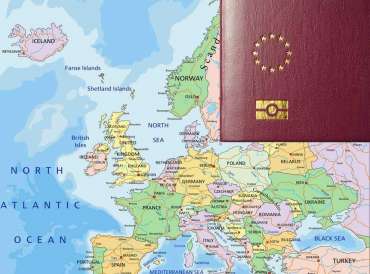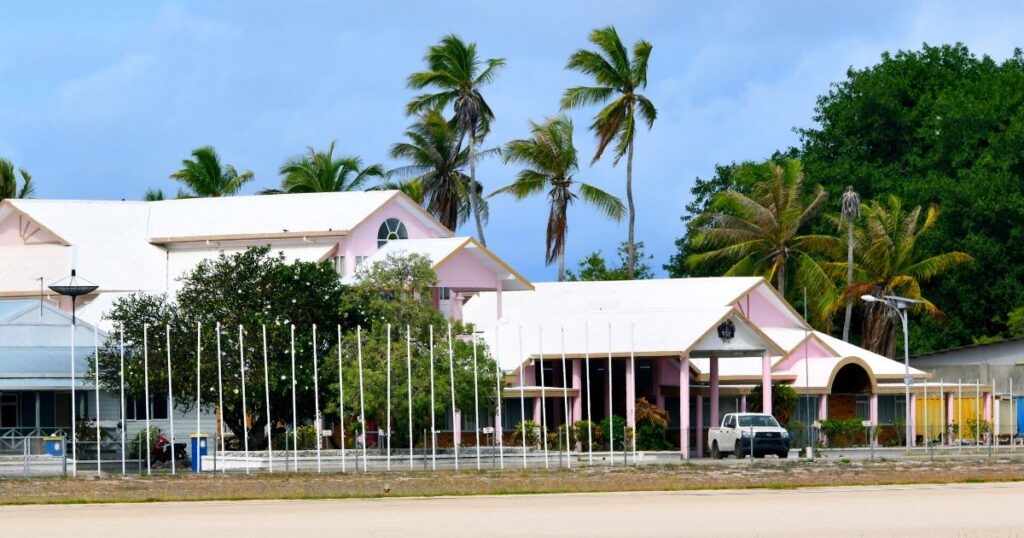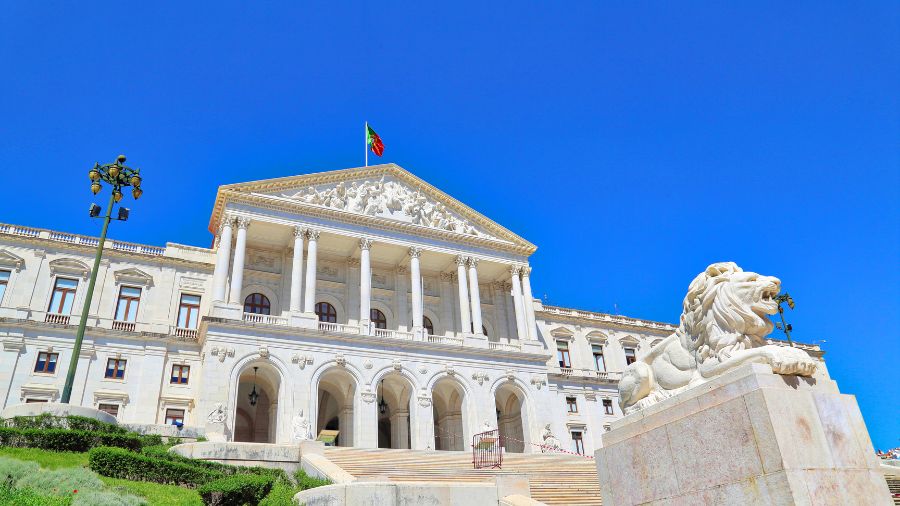We get a lot of inquiries from international investors who don’t know properly which countries are in schengen. We tell all the clients, before they invest to first check if their country of choice belong schengen area.
The main problem with investing in non-schengen country is you wont get visa free movement for business, tourism or visiting family and friends. Any visas and residence permits issued to third country nationals is not valid to enter schengen area (a visa is required).
To help you properly understand, we have compiled full list of schengen and non-schengen countries. You also have to properly understand which are EU countries, if you aim to become a EU citizen.
List of 29 Schengen States
The Schengen area consists of 22 of the 27 EU member states plus the 4 EFTA countries:
- Austria
- Belgium
- Czech Republic
- Croatia (From Jan 1, 2023)
- Denmark
- Estonia
- Finland
- France
- Germany
- Greece
- Hungary
- Iceland*
- Italy
- Latvia
- Liechtenstein*
- Lithuania
- Luxembourg
- Malta
- Netherlands
- Norway*
- Poland
- Portugal
- Slovakia
- Slovenia
- Spain
- Sweden
- Switzerland*
- Bulgaria (from March 2024)
- Romania (joining March 2024)
*These countries do not offer EU citizenship. This is why you see their passports are in different colors. The uniform standard of EU passports are burgundy color with two words ‘European Union’ written. For example Swiss nationals are not EU citizens, but enjoy free movement within schengen and EU. Swiss passports are red in color.
Non Schengen EU countries
There are five EU countries not part of schengen area (de facto). They are are strong candidates to join the expansion of Schengen area
- Cyprus
- Ireland
Note: Ireland has opted out of schengen area
You have to remember these countries still offer EU passport which has free movement within all of European Union and Schengen Area ONLY for their citizens. The important difference is Visas and residence permits issued to third country nationals by these countries are not valid for entering schengen area.





